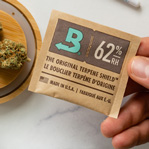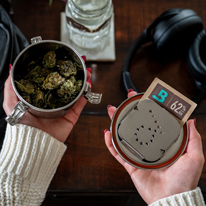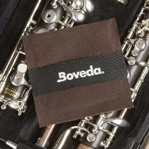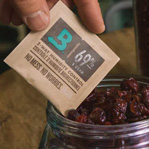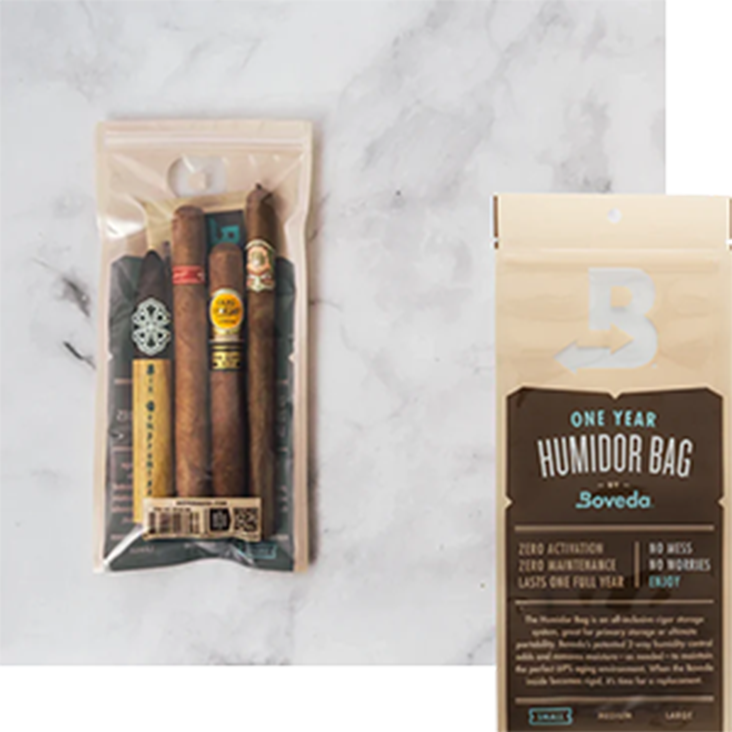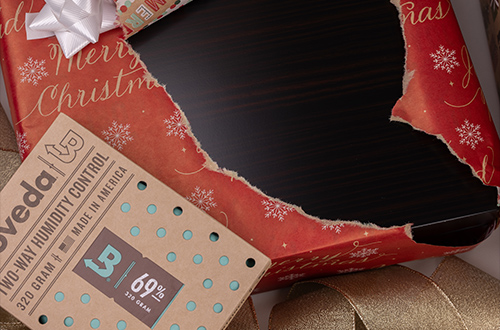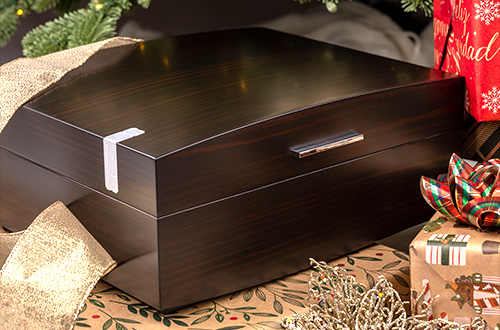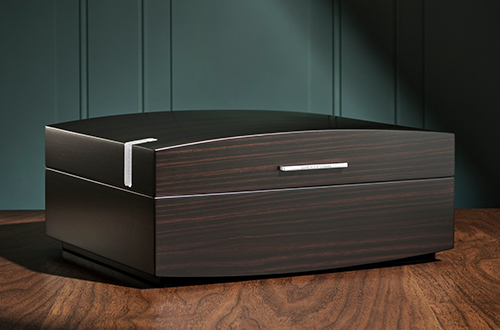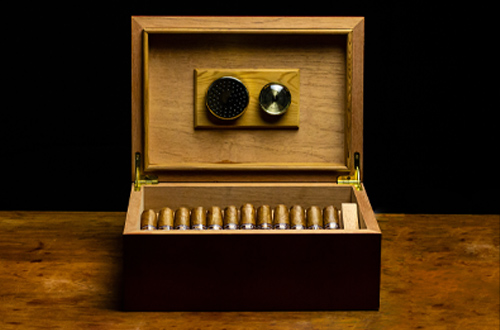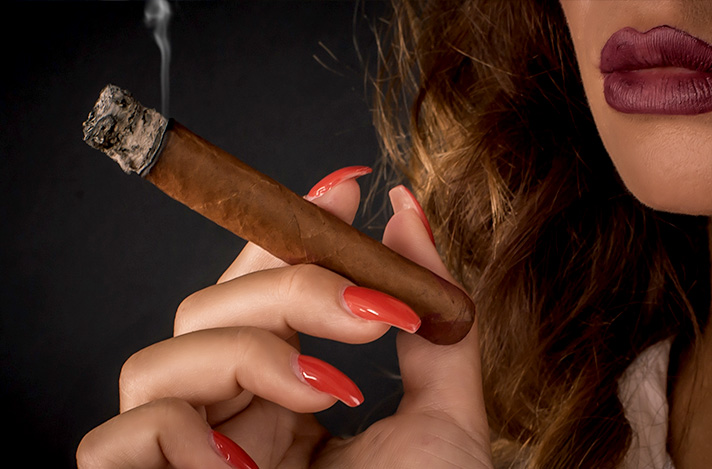
As much as you want to believe every cigar that you come across is in peak condition, that isn’t always the case. Maybe a cigar was given to you (storage history not included). Perhaps your humidor is leaking humidity. Maybe you snapped up sticks from an online vendor who is lackadaisical about storing cigars at the right humidity.
In these cases, how to tell if a cigar is dry or moist is a helpful skill—an exercise in trusting your senses. In this article, let’s review why it matters and what to look for, and what to put in your humidor to keep cigars in perfect condition.
Moist or Dry Cigars—Why Does It Matter?
At its best, a cigar should be a pleasing multi-sensory experience, pinging your visual, olfactory, taste, somatosensory, and even auditory pleasure centers. The feel of a slightly yielding wrapper, its leathery or spicy aromas, the low crackle of the ember advancing and, of course, the rich taste—these are what make cigar smoking a unique thing of beauty.
When a cigar is improperly stored, you risk surrendering those pleasures.
A dry cigar will feel, smell, and taste like a pile of summer leaves going up in flames, filling the air with acrid and harsh smoke. It’s not what the cigar artisans intended. And it’s certainly not what you deserve, having forked over a not-insignificant sum of money for your cigar.
Likewise, a moist cigar will feel spongy and wrong. You’ll struggle lighting a “wet” cigar, keeping it lit, and maintaining an even ember. If, by chance, you achieve a controlled burned, the cigar’s flavors will be off. What a waste! If the environment is too moist, cigars can also mildew. Moldy cigars are un-smokeable.
To revisit the initial question: “Why does it matter” if a cigar is too moist or dry? It matters because quality matters. The labor that went into crafting these cigars matters. The price you paid for it matters. And you matter—too much to suffer through abused cigars.
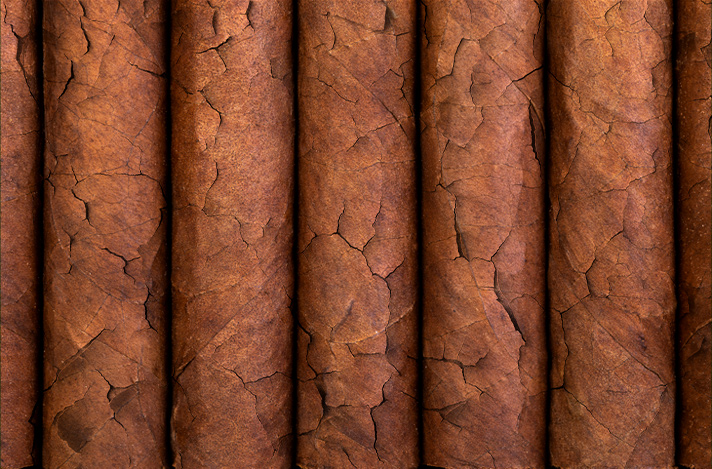
How to Tell if a Cigar is Too Dry to Smoke
Let’s say someone hands you a Cuban cigar. You have no idea how or where this cigar was stored. But you’re too polite to ask about your fellow cigar smoker’s humidor protocol (nice manners, you had good home training).
Luckily, you can use your senses to play “Cigar Sherlock” to suss out if a suspect cigar is worth smoking.
- THE PINCH TEST: Works for moist cigars, too! Pinch various points of the cigar from foot to head feeling for soft, spongy spots outside the norm for cigars you’ve enjoyed in the past. The stogie should have some give, but it shouldn’t cave under the minimal weight of a gentle pinch. (Hercules you are not.)
- VISUAL ASSESSMENT: If the cigar looks faded or dull, it might be too dry. Likewise, a cracked or peeling wrapper indicates dryness. Trust your eyes.
- THE SMOKE TEST: After the preliminary tests, you throw caution to the wind and decide to smoke that cigar to find out the hard way.
– If the cigar burns fast and hot, that’s your first sign something is amiss.
– If the cigar tastes muted and bitter, that’s the nail in the coffin. (The flavor difference between a good cigar and dry cigar is like the difference between a fresh pot of coffee and one that’s been sitting on the burner too long.)
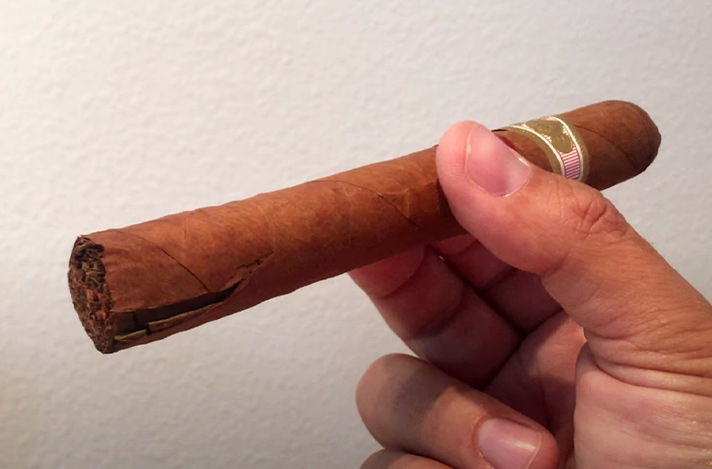
How to Tell if a Cigar is Too Moist to Smoke
Let’s say you’re on vacation in Key West and a buddy buys smokes from an open-air street kiosk. The temperature and dew point are both high, in the mid 80s.
The process for how to tell if a cigar is too moist is fairly similar to ferreting out a dry one. Here’s what to do:
- THE PINCH TEST: Works for moist cigars, too! Pinch various points of the cigar from foot to head feeling for soft, spongy spots outside the norm for cigars you’ve enjoyed in the past. The stogie should have some give, but it shouldn’t cave under the minimal weight of a gentle pinch. (Hercules you are not.)
- MOLD CHECK: If you see white or fuzzy patches on your cigar, it’s probably mold. Mold is always a sign of over-humidification. A moldy cigar should be discarded rather than smoked.
- LIGHTING AND DRAWING DIFFICULTIES: An overly moist cigar often won’t light evenly—the outside will catch quicker than the interior. Drawing is also difficult because the binder and filler expands when they are over-humidified.
- TASTE TEST: Not noticing flavor changes and subtle nuances of that cigar? Too much moisture might be the culprit. Like dry cigars, over-humidified stogies lack depth and expression. Think stale and/or musty flavors versus spicy, leathery, and herbal notes.
3 Things You Need to “Fix” a Cigar
🕰️ With time, Boveda, and an airtight humidor bag or tupperdor, you can coax abused cigars back to ideal equilibrium—between 60% to 75% relative humidity (RH).
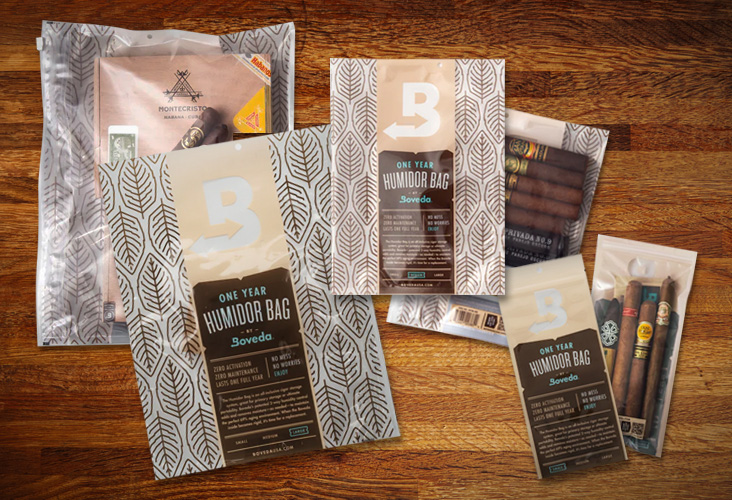
Save a Cigar in 3 Steps
🛑 STOP: If your cigar is moldy or if the wrapper is cracked and hemorrhaging tobacco flakes, your cigar is beyond repair. Toss it out. If not, continue…
- Put the cigars with a Boveda 69% RH pack in an airtight plastic container or humidor bag.
- Seal the container/bag and keep it closed for a month.
- After a month, remove one cigar and smoke it.
– If it’s great, congratulations, the rest of the cigars should be good, too.
– If it’s still not right, close up the bag/container for another two weeks. Repeat the smoke test.
Use this Cigar Gadget to Tell If Your Cigar is Ready to Smoke
Pick up CigarMedics HumidiMeter™, one of the best cigar gadgets to come out in years! Use it to assess if that cigar you’re about to smoke is too dry or too damp. Just insert the probes into the head or foot of the cigar. If you get a reading between 60 to 70% RH, your cigar is prime for smoking. Learn more the HumidiMeter here.
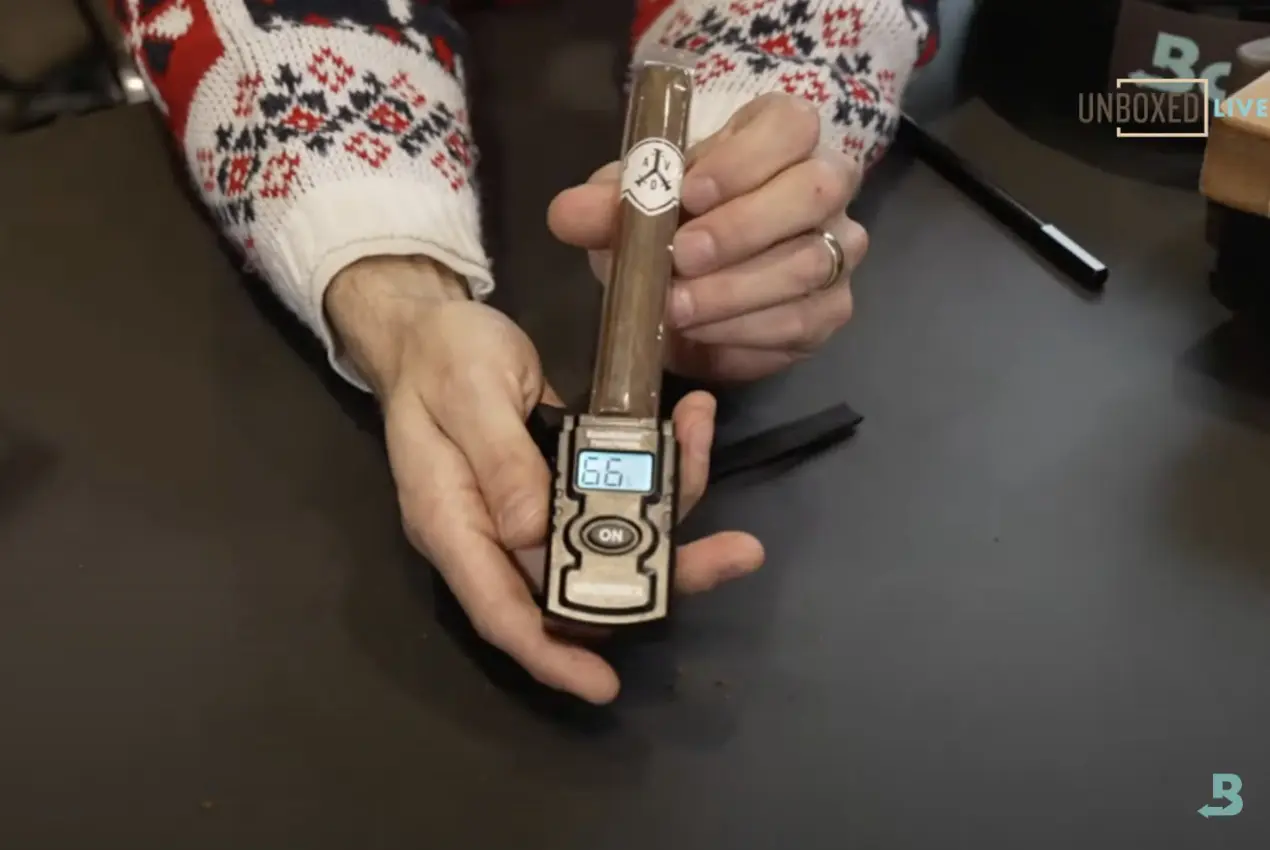
The “Goldilocks” Cigar: Not Too Moist, Not Too Dry, Just Right
Learn from cigar experts and enthusiasts who avoid ruining sticks from the get-go. As soon as you buy cigars, store them at the optimal relative humidity (RH) with Boveda humidor packs. The 2-way moisture control packs achieve the correct RH for cigars, then keep it there by emitting or absorbing moisture as needed.
When you properly store your cigars with Boveda, you won’t need to fuss with the pinch tests, taste assessments, or cigar CPR! Here’s a guide on how to store cigars in a humidor to get started.
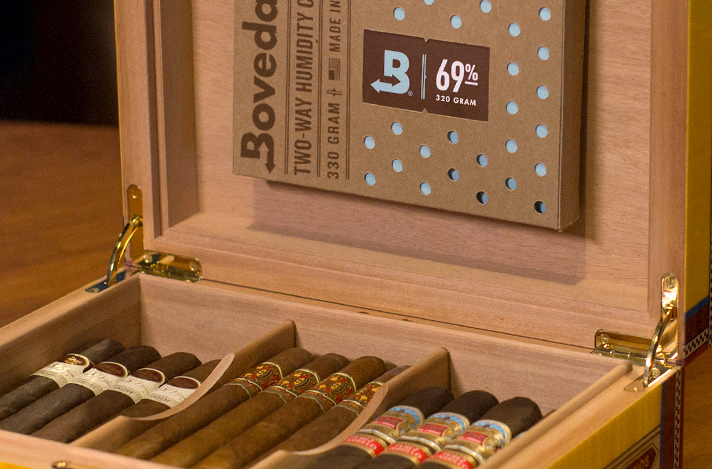
No More Damp or Dry Cigars
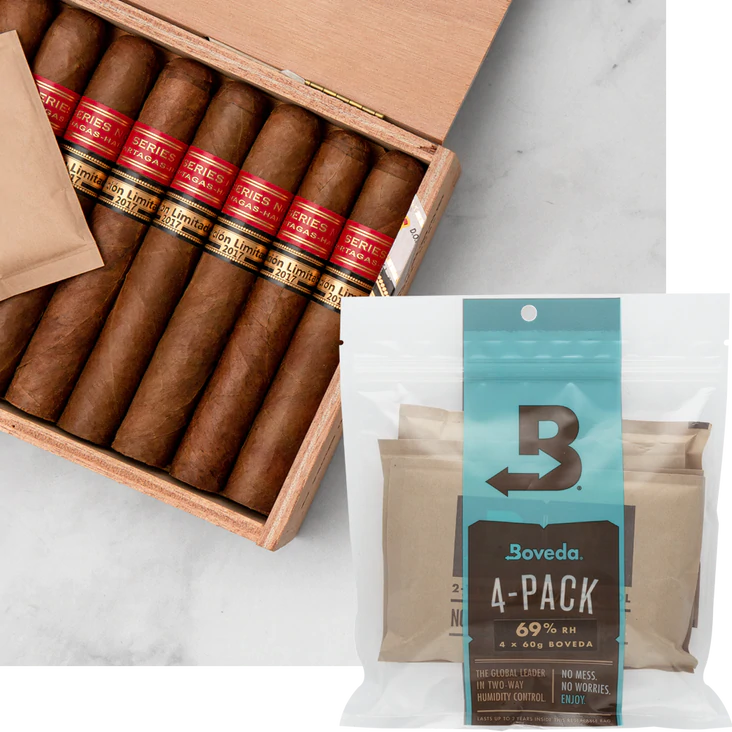
Boveda for tupperdors, plastic travel humidors, humidor bags, and acrylic humidors.
Shop Now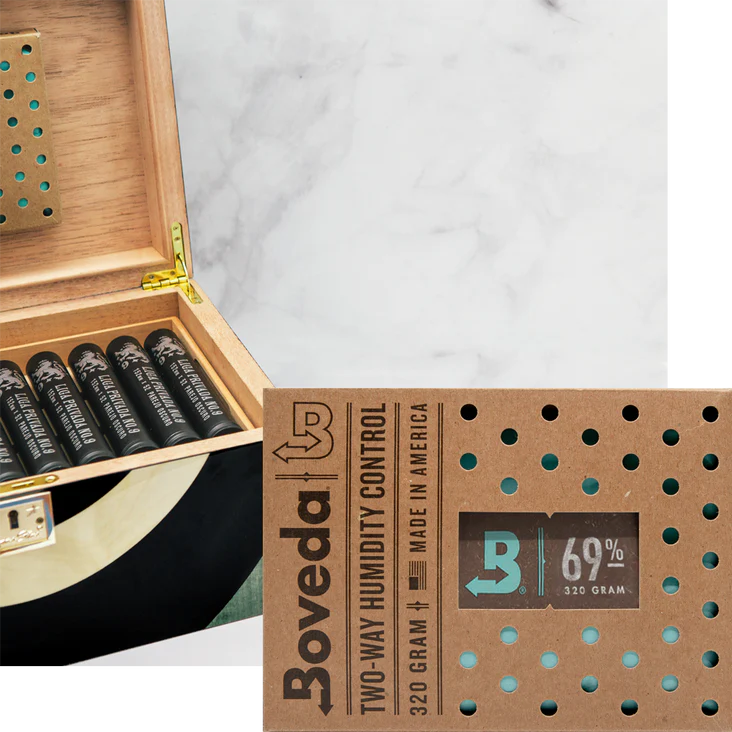
Boveda for the Boveda Humidor, medium/large humidors, wineadors, large coolers, and more.
Shop Now
All-in-one kit to season a humidor and maintain humidity for months.
Shop Now
